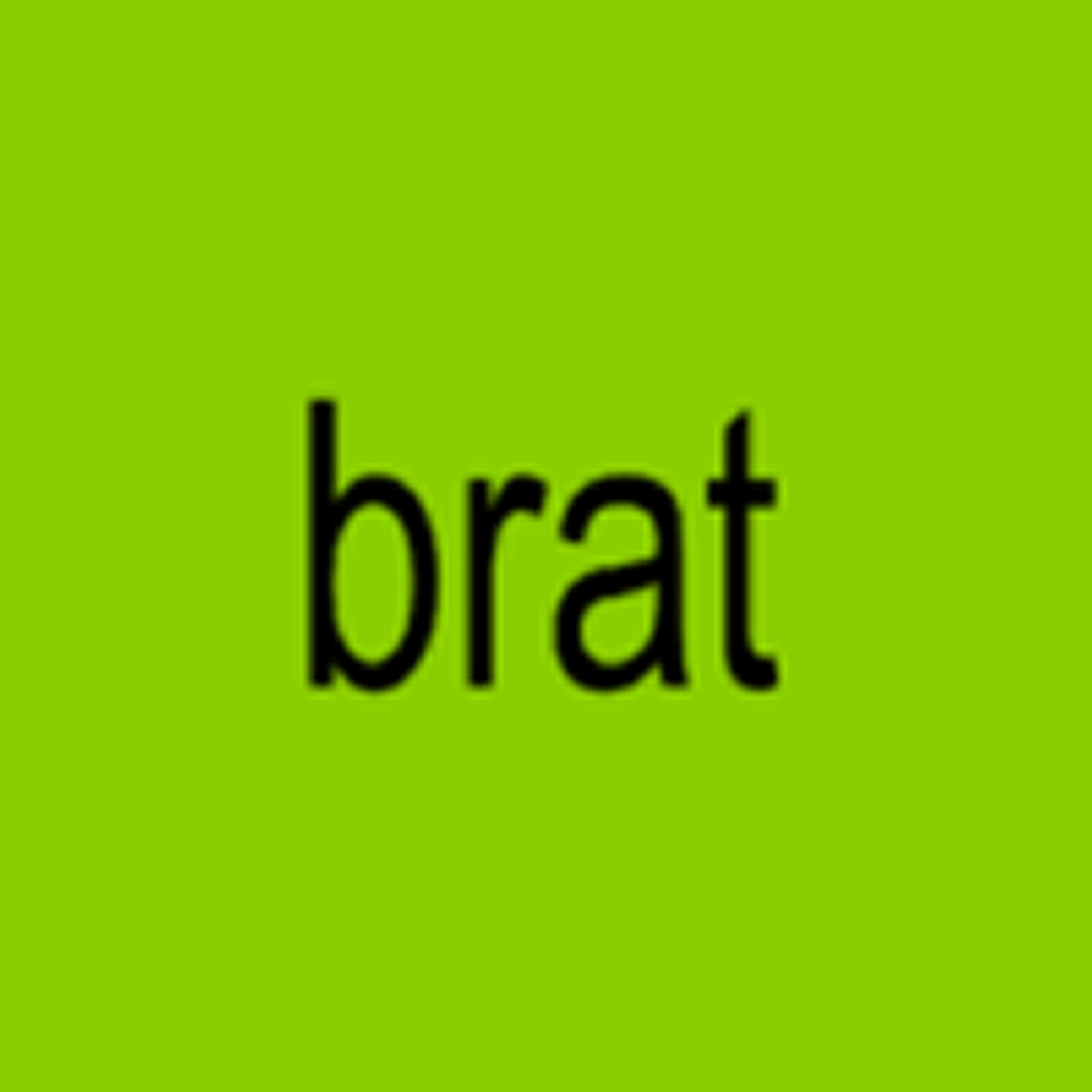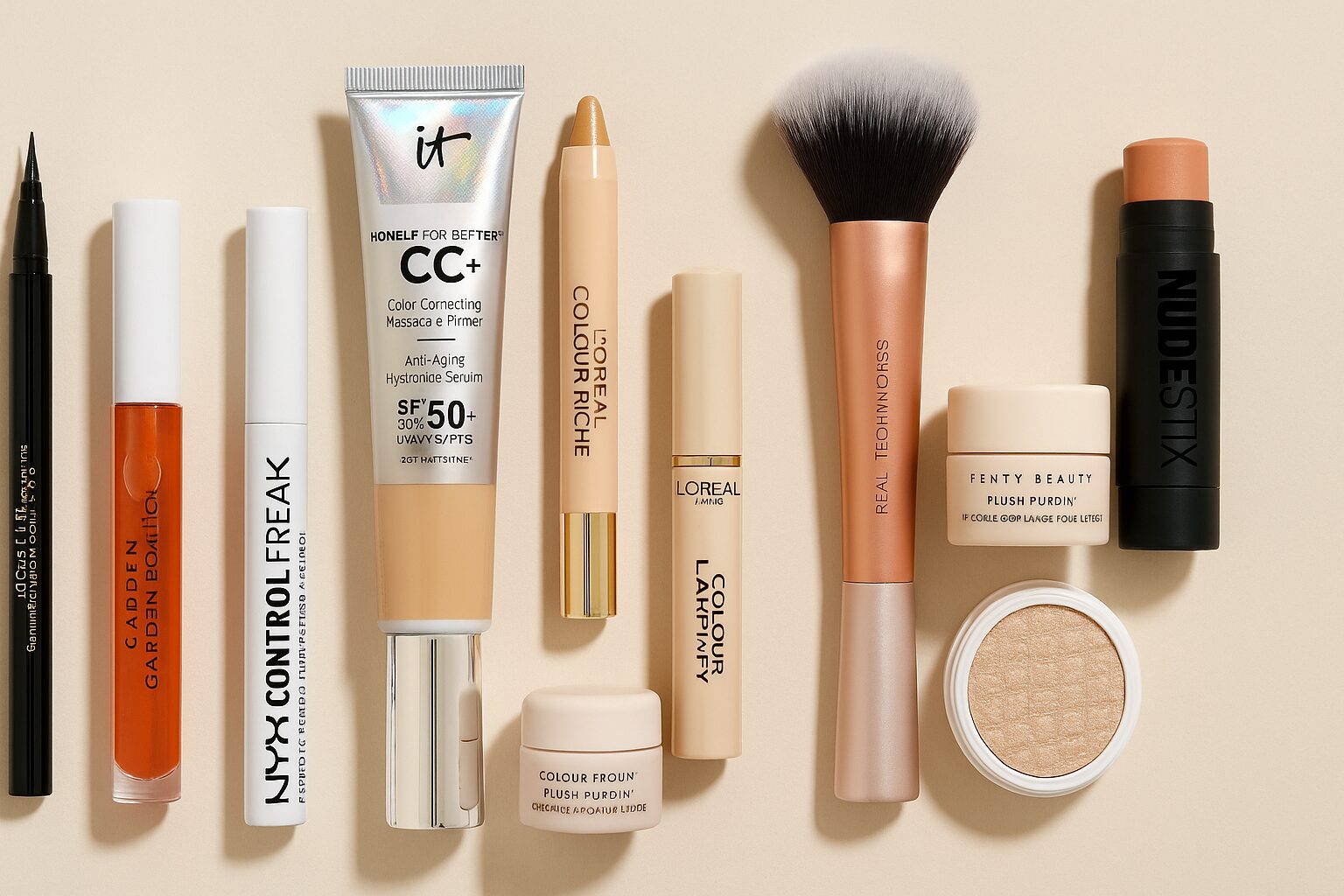This summer’s sensation, the “Brat,” is certainly a head-turner, and its album cover design is no exception. The sixth studio album from Charli XCX, “Brat,” relishes in a pandemonium of nightlife, a return to the late 2000s’ recession pop led by music geniuses such as Kesha, Rihanna, and Lady Gaga.
The character of “brat” is defined by Charli as ‘trashy,’ resembling a pack of cigarettes paired with a Bic lighter and a casual, braless white top. This represents a highly-anticipated counterpoint to the “clean girl” aesthetic that has dominated the digital realm for some years. Defying the relentless image-obsessed society that often restricts self-expression, the “Brat” unleashes a new wave of aesthetic freedom.
However, aesthetics, especially in album design, continue to play a pivotal role. The album cover of “Brat” is central to the buzz surrounding the summer sensation. Reminiscent of the user icons from MySpace and LiveJournal, it brings forth a sense of nostalgia for the early digital age. The album cover design in a distinct slime green sits oddly yet intriguingly with a stretch arial font. The color also makes a statement, being chosen from over 500 different shades of green, resulting in a shade that Charli describes as ‘quite disgusting’, ‘unfriendly, and uncool’. The intention behind this choice was to initiate debates around desirability, just as the album does with feminist ideals.
Interestingly, the significance of color extends far beyond aesthetics. Historically, colors denote various associations, from royalty to politics, emotions, and character. Each new shade discovered or created takes on its own symbolism. This was evident when Yves Klein trademarked his ultramarine blue hue in the 1960s, and more recently in 2016, contemporary artist Anish Kapoor drew worldwide attention when he purchased the rights to use Vantablack, known as the ‘blackest black’. On a lighter note, this summer witnessed the domination of “Brat” green, marking its place in color history. Indeed, color continues to demonstrate its power not only in art but also in wider aspects of society.
As streaming services began to rise, the significance of album covers seemed to dwindle. The reincarnation of vinyl records, however, has revived the impact of album cover designs, transforming them into coveted artworks adorning walls. “Brat” owes its album cover popularity to this resurgence, further propelled by fans who found its grunge aesthetic appealing.
Both the album and its cover have managed to attract the attention of brands as well. The distinctive “Brat” green has become a popular color choice in the fashion and beauty industry, with an unmistakable surge in demand for products featuring this particular hue.
Interestingly, the influence of “Brat” and its unapologetic aesthetic extends to politics as well, reflecting the exciting intersection of art and politics. Various political campaigns have incorporated the “Brat” aesthetic, arguably aiming to capture the attention of younger audiences.
While there are instances where liberation movements get commercialized, at its essence, “Brat” is about attitude. It encourages us to ditch pretentiousness, pursue genuine enjoyment, and fully embrace youthful spontaneity. As such, rather than merely buying into the “Brat” trend, it encourages the listener to engage with the essence of the aesthetic, embracing the unorthodox and savoring the joy of youth.





